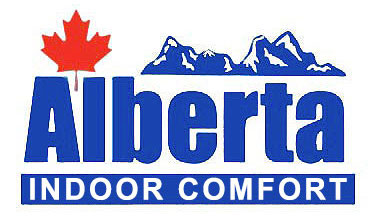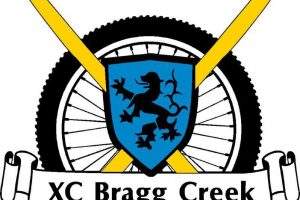Radon is an invisible radioactive gas, resulting from the breakdown of solid uranium in soil. Radon is natural and found in every home in Alberta, though not always at elevated levels.
Radon has been called a “silent but deadly killer” and for good reason. Still, many Albertans remain unaware of the severe risk radon may pose to themselves and their families.
Radon is the second leading cause of lung cancer and Health Canada estimates it kills more than 3,200 Canadians each year. Why should this concern Southern Albertans specifically?
✓ You cannot see, smell, or taste radon.
✓ In Alberta alone, 1 person EACH DAY is diagnosed with radon-induced lung cancer.
✓ 1 in 6 rural homes in Alberta have dangerous levels of radon.
✓ 1 in 8 suburban or inner-city homes in Alberta have dangers levels of radon.
✓ The damage done to your body from radon exposure can take years to appear.
✓ There is no known safe level of radon exposure and the risk of lung cancer increases with greater levels of exposure
“The only way to know if whether you have a high level in your home is to test for it.” – Statement released from Health Canada, November 2018.
Typically, the air pressure inside your home is lower than the pressure in the ground around the foundation of your home. This difference in pressure can draw air and other gases in the soil, including radon, into the house. Gas containing radon can enter your home through any opening where the house contacts the ground. All homes potentially have small cracks and openings, even new homes.
In Alberta, our homes are built tighter due to energy-efficiency regulations written into the building code in the early 1980’s. We also keep our homes well-sealed during the winter to keep us warm and this can cause the radon concentrations in our homes to build up to dangerous levels.
How do you know what level of radon you have in your home? A long-term radon test, a minimum of 90 days, is required to accurately determine how much radon is in your home. Once you receive results from the test, you can determine the type of mitigation needed to reduce the levels as much as possible. Health Canada’s radon action guideline is 200 Bcq/m3, however this amount of radioactive gas in your home is the equivalent of having a chest x-ray every 3 days!!
Hiring a certified professional to test your home and to design the appropriate mitigation solution is the best way to go. You can order radon testers online and send them to the lab yourself, however a professional will know the best place to install the tester to get the most accurate results and will be able to walk you through the best options for removing as much radon as possible from your home.
Hopefully, this gives you and your family enough information to give you peace of mind to stay safe and comfortable in your home.
By Carla Berezowski,
Owner of Alberta Indoor Comfort


























